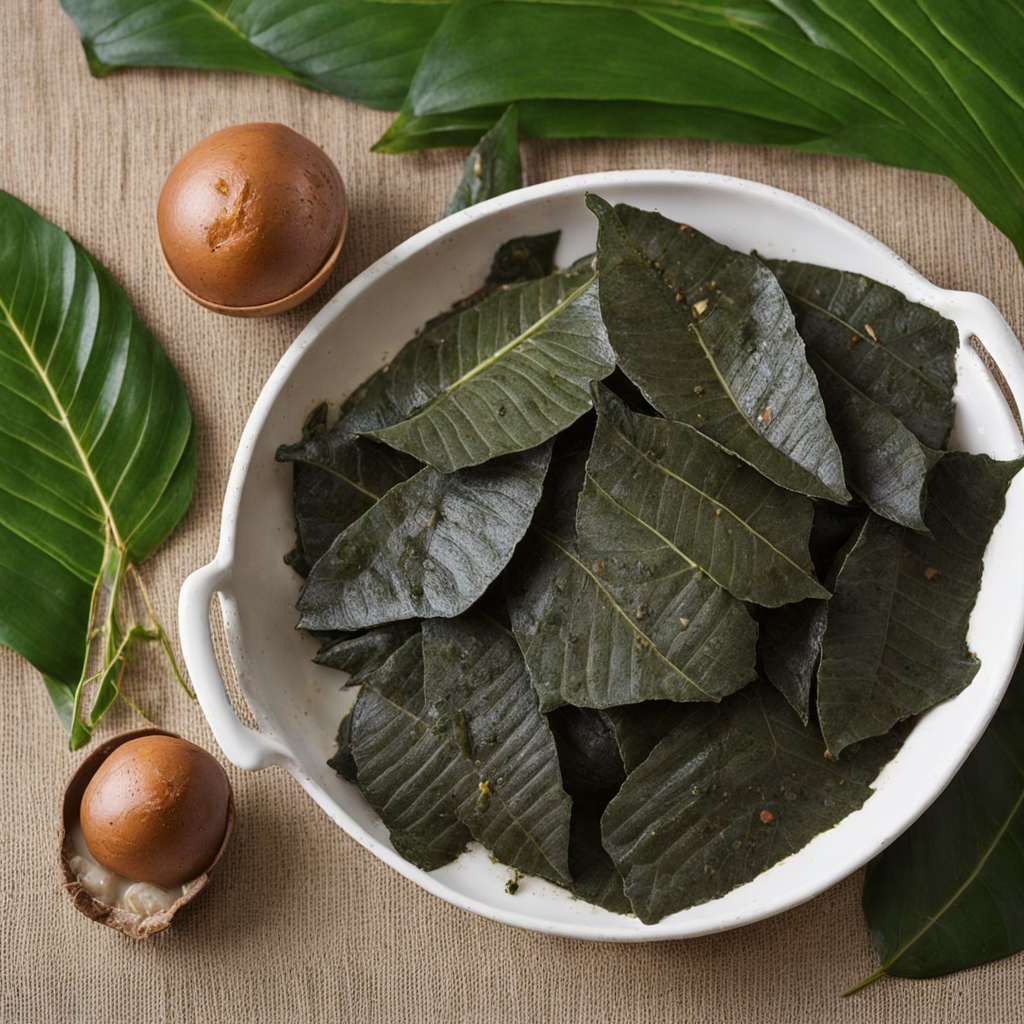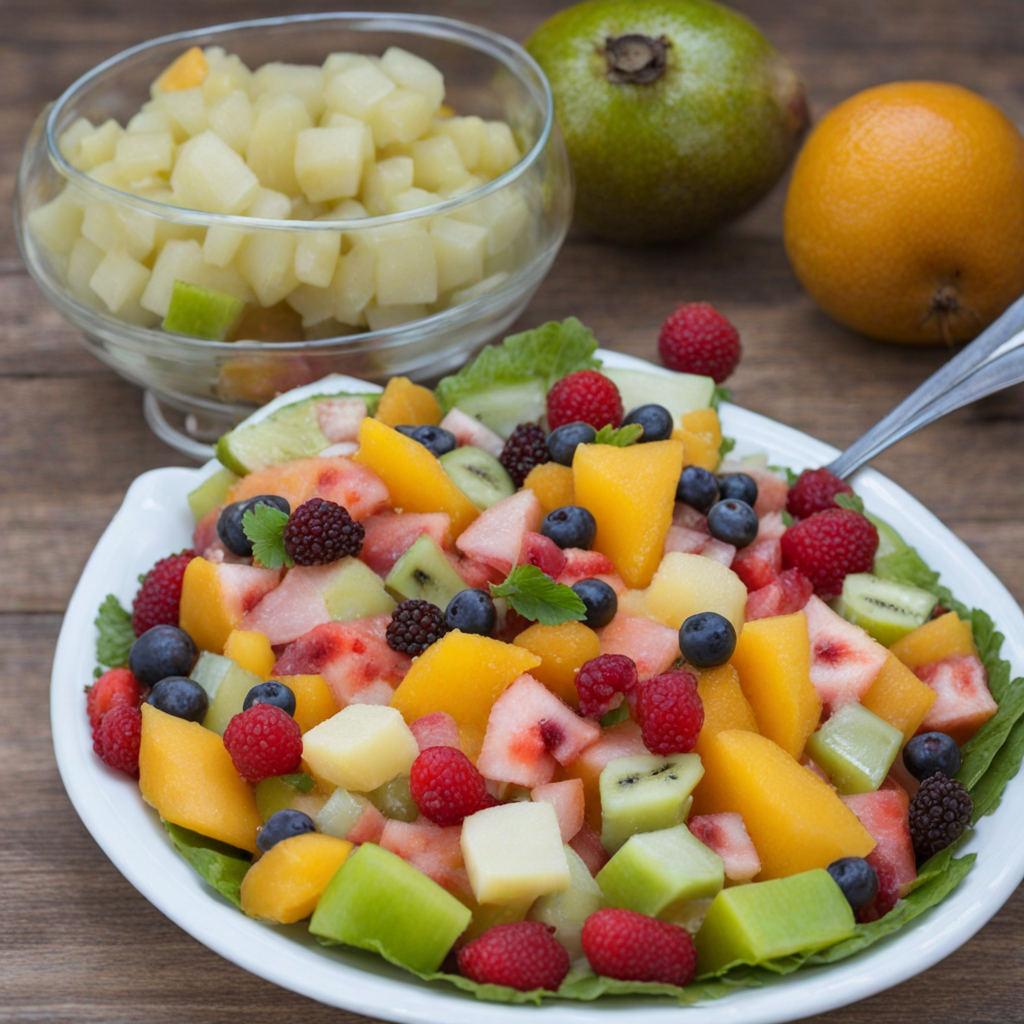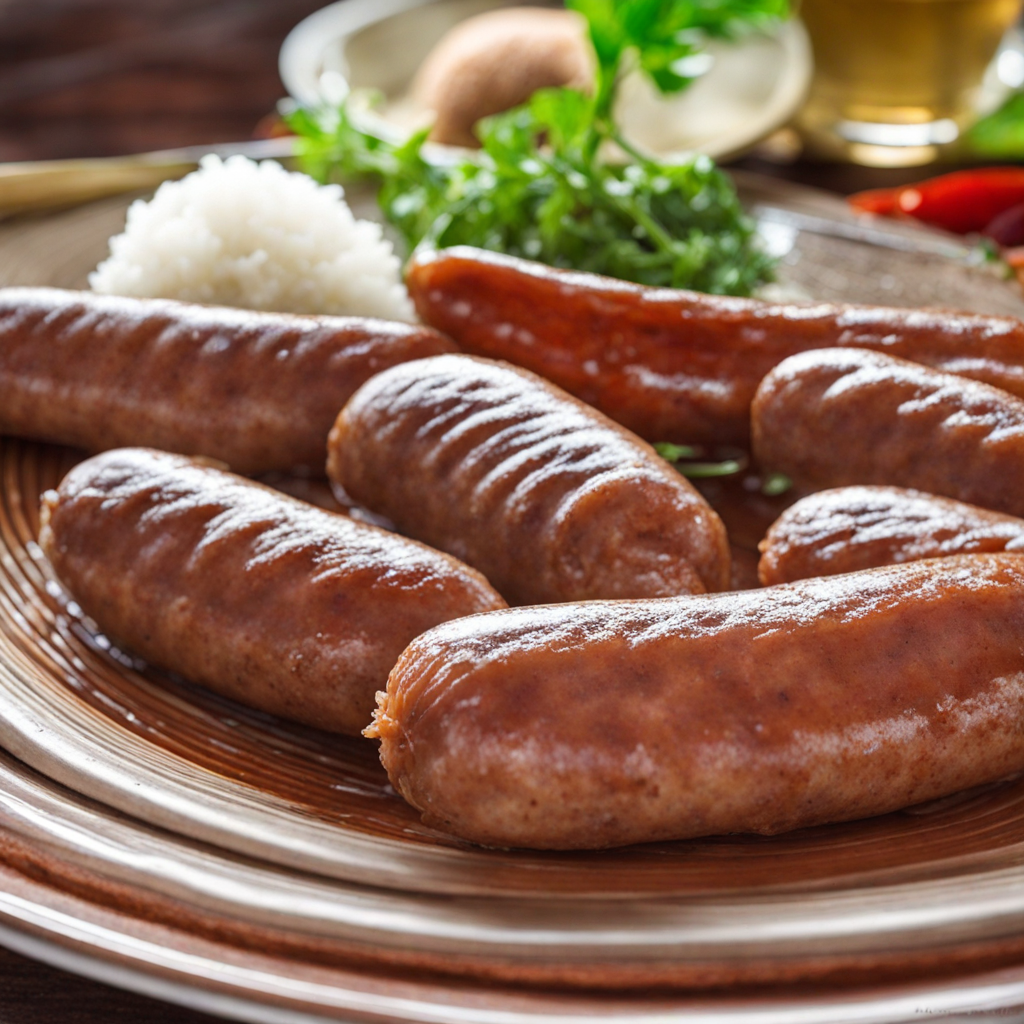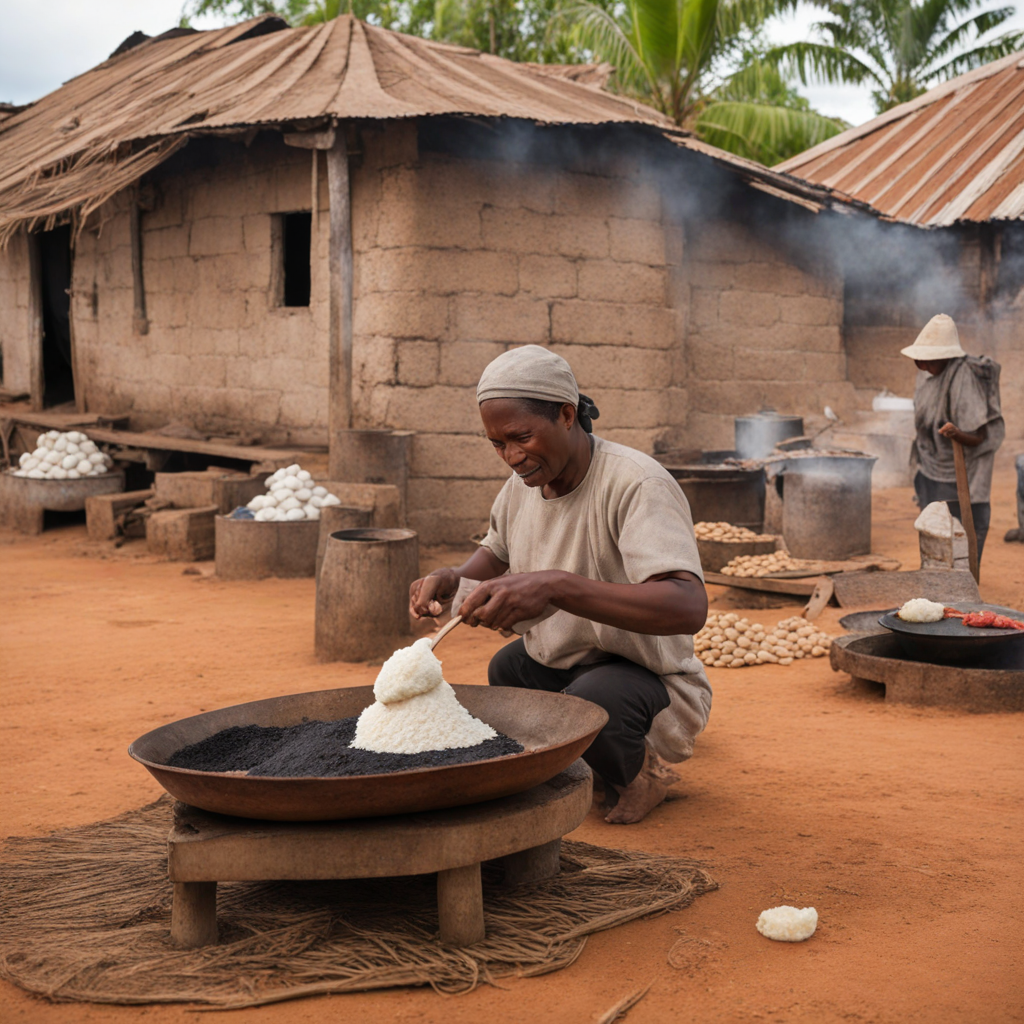Ravitoto sy Voanio
Ravitoto sy Voanio is a traditional Malagasy dish that beautifully showcases the rich culinary heritage of Madagascar. The star ingredient, ravitoto, consists of finely crushed cassava leaves, which are simmered to perfection. This leafy green base offers a robust and earthy flavor, complemented by its soft, velvety texture. The dish is often enhanced with a variety of spices and seasonings, creating layers of aromatic notes that dance on the palate. The addition of garlic and onions provides depth, while the occasional inclusion of meat, such as pork, adds a savory richness that makes the dish truly satisfying. At the heart of Ravitoto sy Voanio is the use of coconut milk, or 'voanio,' which brings a luscious creaminess to the dish. This ingredient not only enriches the flavor but also balances the slight bitterness of the cassava leaves, making each bite a delightful experience. The coconut milk envelops the ingredients, creating a harmonious blend of tastes that is both comforting and indulgent. The dish is typically served with rice, which soaks up the flavorful sauce, making each mouthful a wholesome delight. Ravitoto sy Voanio is not just a meal; it is a celebration of Madagascar’s agricultural bounty and cultural traditions. Often enjoyed during family gatherings and special occasions, this dish embodies the essence of Malagasy hospitality. The vibrant green of the crushed cassava leaves, coupled with the creamy white of the coconut milk, creates a visually appealing plate that invites you to dig in. For anyone looking to explore new flavors, Ravitoto sy Voanio offers an authentic taste of Madagascar that is both unique and unforgettable.
How It Became This Dish
Ravitoto sy Voanio: A Culinary Journey Through Madagascar’s History #### Origins of Ravitoto sy Voanio Ravitoto sy Voanio is a traditional dish from Madagascar, a large island off the southeast coast of Africa renowned for its unique biodiversity and rich cultural tapestry. The dish primarily consists of crushed cassava leaves (ravitoto) and coconut milk (voanio), reflecting the island's agricultural practices and the influence of both indigenous and colonial cultures. The roots of ravitoto can be traced back to the early inhabitants of Madagascar, the Austronesians, who arrived around 2000 years ago. They brought with them their agricultural practices and crops, including cassava, which became a staple in the Malagasy diet. The practice of fermenting and cooking cassava leaves, a technique that likely developed over generations, is believed to be an adaptation of local customs and food preservation methods. Coconut palms, native to tropical regions, were introduced to Madagascar by seafaring traders, further enriching the culinary landscape of the island. The combination of coconut milk with ravitoto symbolizes the melding of various cultural influences, including those from African, Arab, Indian, and French settlers over centuries, creating a dish that is both deeply local and globally connected. #### Cultural Significance Ravitoto sy Voanio holds a unique place in Malagasy cuisine, embodying the spirit of sharing and community. It is often served during special occasions, family gatherings, and celebrations, signifying hospitality and togetherness. The dish is typically accompanied by rice, which is a staple in Madagascar, making it part of the everyday meal while also elevating it to a celebratory dish. The preparation of ravitoto sy voanio is often a communal activity, where family members come together to clean, crush, and cook the cassava leaves. This not only reinforces familial bonds but also passes down culinary traditions from one generation to the next. The dish is steeped in symbolism; the cassava leaves represent the earth and sustenance, while coconut milk brings richness and flavor, reflecting the bounty of Madagascar’s natural resources. In Madagascar, food is not merely sustenance; it is intertwined with identity, spirituality, and social structure. The preparation and consumption of ravitoto sy voanio can serve as a ritual, a way to honor ancestors and express gratitude for the land. It showcases the Malagasy philosophy of embracing local ingredients and respecting the environment, which is a cornerstone of their cultural identity. #### Development Over Time As Madagascar has evolved, so too has the dish of ravitoto sy voanio. Historically, Malagasy cuisine has been influenced by various waves of migration and colonization. The arrival of Arab traders in the 8th century introduced spices and cooking techniques that would forever alter the culinary landscape of the island. The French colonization in the 19th century brought new ingredients and cooking methods, further diversifying Madagascar's food culture. While ravitoto sy voanio remained a staple, its preparation evolved in response to changing agricultural practices, availability of ingredients, and culinary influences. In urban areas, for instance, the dish may incorporate modern cooking methods or additional ingredients like meats, seafood, or even spices that reflect a fusion of cultures. This adaptability has allowed the dish to remain relevant and beloved, catering to both traditional tastes and contemporary palates. In recent years, there has been a resurgence of interest in traditional Malagasy cuisine, with chefs and home cooks alike focusing on local ingredients and sustainable practices. This movement has revitalized dishes like ravitoto sy voanio, encouraging younger generations to embrace their culinary heritage. Restaurants and food markets now showcase this dish, often presenting it alongside other traditional Malagasy foods, thereby elevating its status and fostering a greater appreciation for the island’s rich culinary history. #### The Modern Context Today, ravitoto sy voanio stands as a symbol of Madagascar's cultural identity and resilience. In a world increasingly influenced by globalization, the dish serves as a reminder of the importance of local food systems and culinary traditions. Efforts to promote Malagasy cuisine on international platforms are gaining momentum, with chefs experimenting with ravitoto sy voanio, introducing it to global audiences while maintaining its authentic roots. The dish also reflects broader social issues within Madagascar, such as food security and the importance of sustainable agriculture. As a largely agrarian society, the Malagasy people rely heavily on their land for sustenance. By emphasizing local ingredients, ravitoto sy voanio serves as a model for sustainable eating practices, encouraging a deeper connection to the land and its bounty. #### Conclusion Ravitoto sy Voanio is more than just a dish; it is a culinary embodiment of Madagascar’s history, culture, and people. From its origins rooted in the island’s agricultural heritage to its role in modern culinary practices, ravitoto sy voanio represents the resilience and adaptability of Malagasy culture. As the island continues to navigate the complexities of global influences and local traditions, this beloved dish remains a testament to the enduring legacy of Madagascar’s rich food heritage. In every bite of ravitoto sy voanio, one can taste the stories of generations past, the richness of the land, and the shared joy of community. Whether enjoyed at a family gathering, a local eatery, or an upscale restaurant, this dish invites all to partake in the vibrant culinary journey that defines Madagascar.
You may like
Discover local flavors from Madagascar







